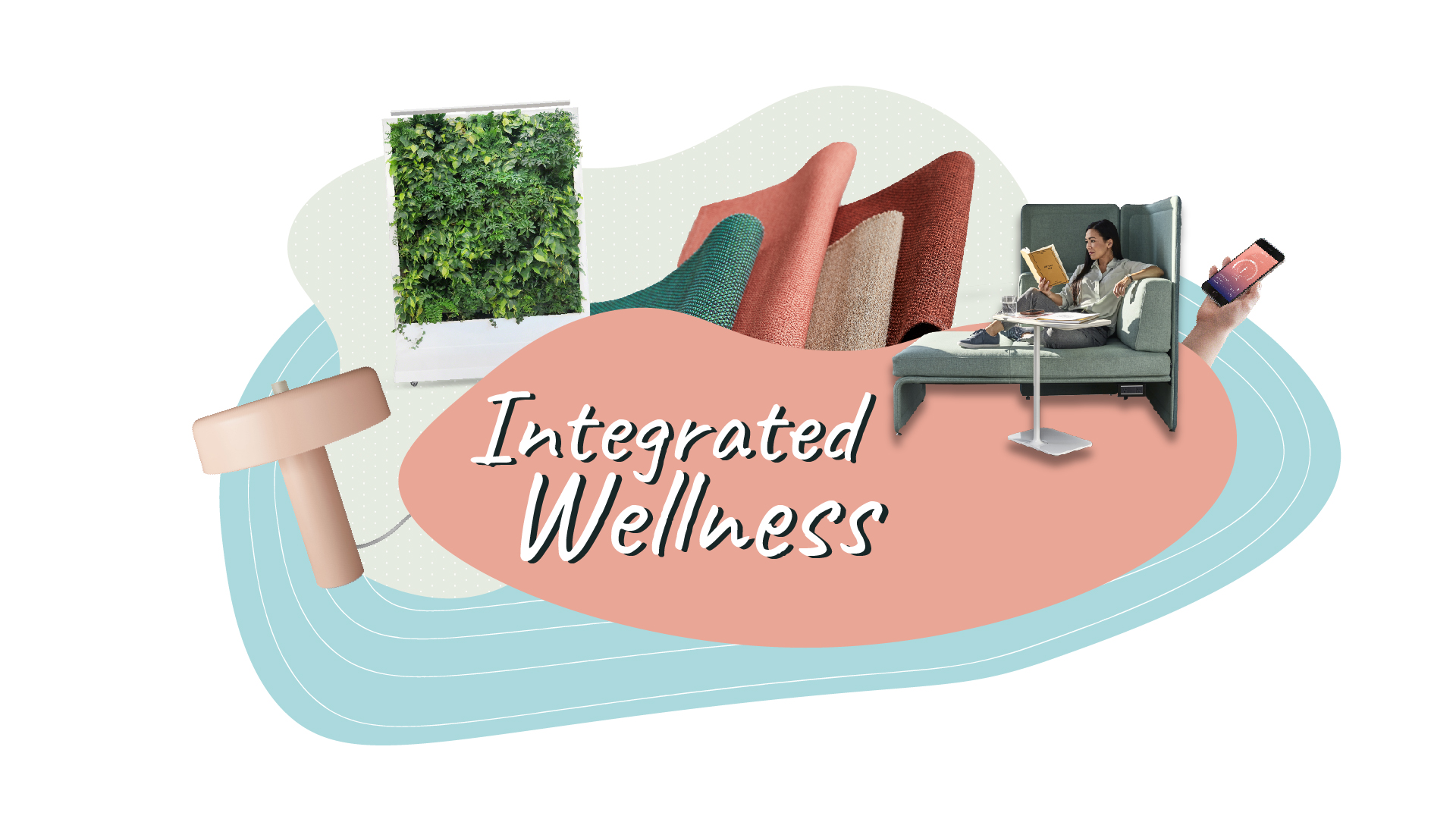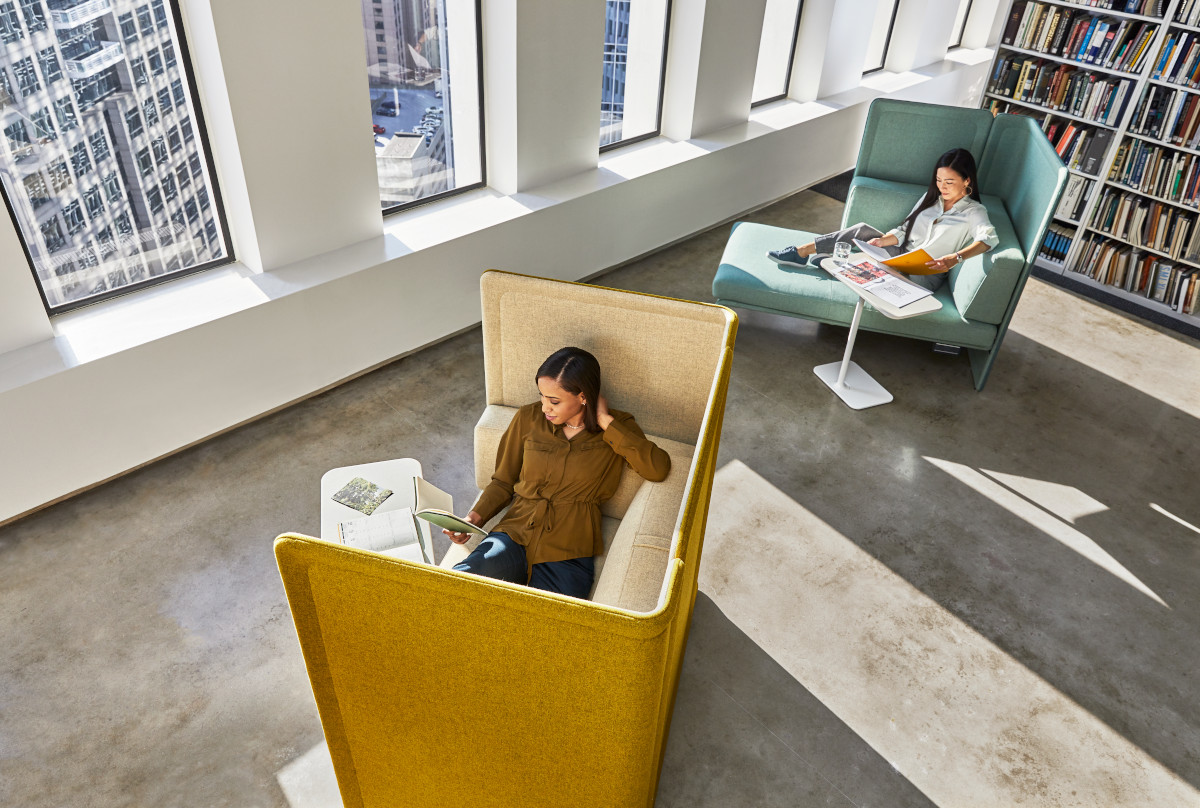 Summer is typically the season for vacations, family cookouts, and weekend excursions. But let’s face it, this hasn’t been the typical summer. We’ve skipped many of the rituals and rites of summertime to help slow the spread and flatten the curve. The trade-off is that we’ve each sacrificed a little of our individual rejuvenation, and with the increased stresses of a soft economy and COVID fears, we’re all feeling a little more frayed and frazzled than we normally would.
Summer is typically the season for vacations, family cookouts, and weekend excursions. But let’s face it, this hasn’t been the typical summer. We’ve skipped many of the rituals and rites of summertime to help slow the spread and flatten the curve. The trade-off is that we’ve each sacrificed a little of our individual rejuvenation, and with the increased stresses of a soft economy and COVID fears, we’re all feeling a little more frayed and frazzled than we normally would.
We’re seeing the effects of our prolonged isolation – more strain on mental health has led to increases in anxiety and depression. Now more than ever, the importance of good mental health practices is front and center in our collective minds. It’s time to ask the question: can you leave the workplace mentally stronger than when you arrived? We think so.
A colleague of mine shared a story about a coworker in the 1980’s, who used to get a haircut on company time. When asked why he did this “on the clock,” he quipped – “Well, my hair grows on company time.” Hard to argue against that logic. It turns out this coworker was ahead of his time. He understood – albeit in a superficial way – that it was important to take time for self-care at work.
According to a study by Gettysburg College, in their lifetimes, Americans will spend about 90,000 hours – or 1/3 of their lives – at work. It’s absurd to think that this time at work isn’t contributing to bad mental, emotional, and physical health habits. And it’s also borderline negligent for organizations to divorce themselves from that reality. Leading organizations understand that to maximize the creative potential of employees, it’s incumbent on them to support positive, healthy habits at work.
Steelcase research suggests that integrating wellbeing design features into the workplace is vital to the success of your people. That research suggests that there are some key areas for you to consider when thinking about how to improve employee wellness:
The Basics
As human beings, we all have an inborn need for connection with nature and a need for physical comfort. Steelcase studies reveal that between 40% and 50% of workers don’t have a pleasing view or access to natural light. 37% of workers lose up to 30 minutes a day dealing with physical discomfort, principally back and neck pain. Both lead to diminished energy and vitality. It’s no wonder so many of us feel so sluggish in the afternoon. Does your workplace offer the best seating and ergonomic tools to your employees? Does it provide regular access to the outdoors or other biophilic stimuli?
Privacy
According to Steelcase, 95% of workers need quiet, private spots for confidential conversations. But on average, 40% say they don’t have them. That’s a huge gap. We all need spaces where we can have open and candid conversations during the workday – sometimes it’s a difficult call with a client, and other times it might be a sensitive conversation with your doctor. Does your space offer all employees accessible and available places for private conversations? The bathroom, a stairwell, and just outside the back door don’t count.
Focus
While the open environment is great for communication and spontaneous collaboration, it’s largely a liability when it comes to focus and concentration. According to the Noise and Wellbeing at Work 2019 survey by The Remark Group, over half (52 percent) of workers are interrupted by noise distractions more than five times in a working day, with 17 percent stating that they are interrupted by noise more than 10 times. Does your workplace provide places for individuals or small groups of 2-3 people to work uninterrupted on important tasks?
Respite
So, you’ve just finished up that huge report, and your brain is fried. You just want to sit somewhere comfortably, have a cup of coffee, and maybe read a magazine for a few minutes. Or maybe you’ve just had a stressful meeting and would like to meditate or sit quietly for a while to collect your thoughts. 91% of people report that they need casual spaces to re-energize and yet more than half (51%) have nowhere in their workplace to do just that. Human beings are not machines – our energies, emotions, and creativity are cyclical, and need to be periodically refreshed and refilled. Acknowledging that, is your workplace equipped with spaces that support respite and renewal?

Let’s be real – most workplaces don’t fully optimize around employee wellbeing. This is a paradigm shift that is happening right now, as employers are experiencing firsthand the negative impacts of employee wellness on their organizations. As we prepare to return to the new normal, let’s rethink how space can contribute to new, positive health habits. This doesn’t necessarily mean a major renovation or a huge capital expense. Often, spaces can be adjusted or repurposed and still make a huge impact on employee wellbeing.
So, let’s return to the central premise: are your workers leaving your workplace healthier and happier than when they arrived? Be honest. It’s okay, we’re not judging. Integrating lasting wellness practices into a workplace is a process and requires careful consideration of a workplace’s individual needs and culture. Together, with thoughtful workplace design in our arsenal, we can achieve this lofty and worthwhile goal.
